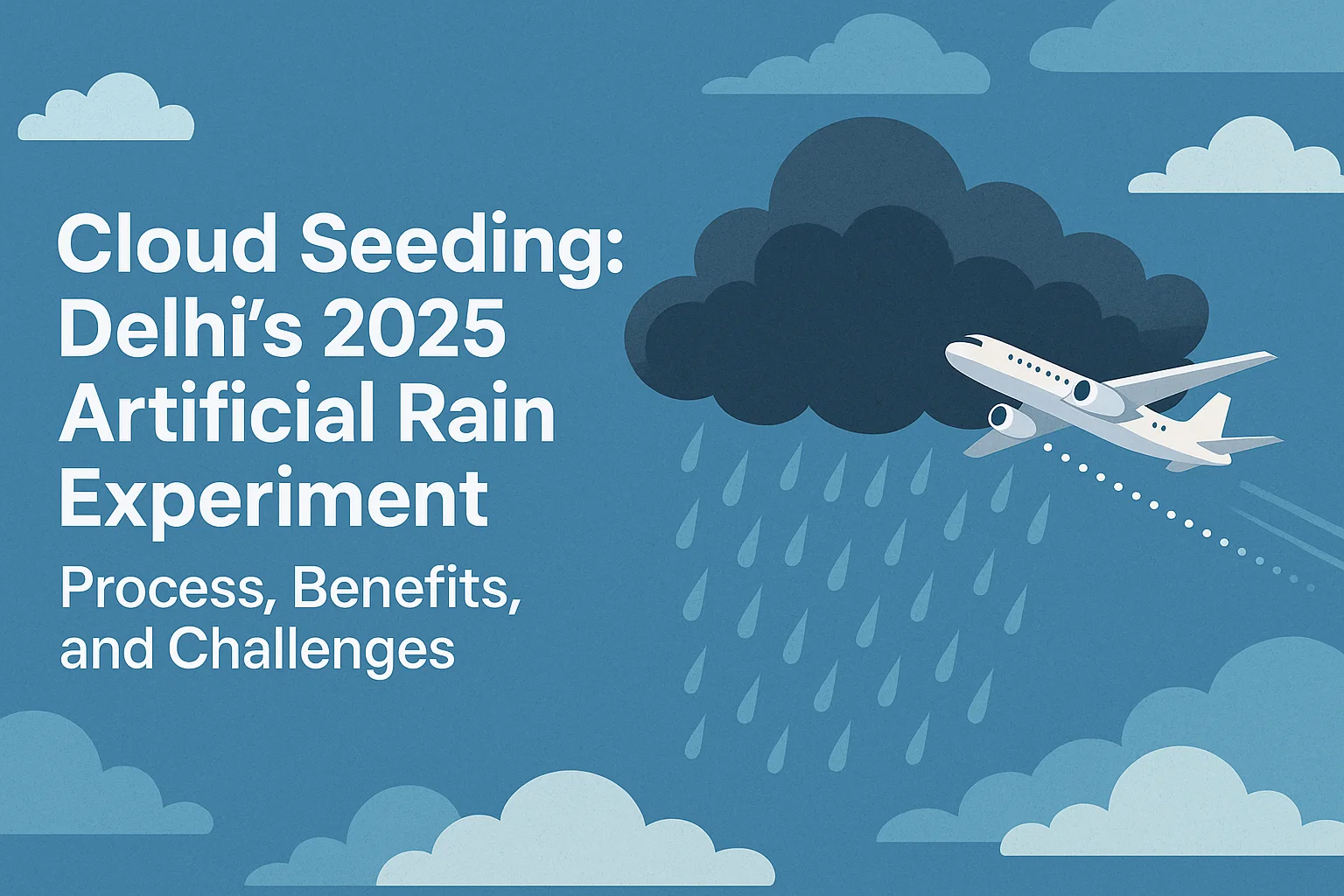Font size:
Print
Climate Change May Raise Arsenic in Rice
Elevated Carbon Dioxide Levels Increase Arsenic Concentrations in Rice
Context: A groundbreaking study published in Lancet Planetary Health on April 16 warns that rising global temperatures and elevated carbon dioxide levels could significantly increase arsenic concentrations in rice, posing a serious public health risk—particularly in Asia, where rice is a dietary staple.
Key Findings
- The research, led by Dongming Wang of the Chinese Academy of Sciences, represents one of the first long-term, field-based studies to examine how climate change could alter the chemical composition of rice.
- The study’s findings suggest that when carbon dioxide (CO₂) concentrations and temperatures exceed the 2°C threshold, they interact to raise the levels of inorganic arsenic in rice grains. This phenomenon is likely driven by shifts in soil chemistry that increase arsenic uptake by rice plants.
Elevated Arsenic, Elevated Health Risks
- Inorganic arsenic is a known carcinogen linked to lung and bladder cancers, as well as cardiovascular disease and other chronic health conditions. The researchers warn that climate-related arsenic increases in rice could elevate lifetime cancer and health risks across much of Asia by 2050.
- Using Free-Air CO₂ Enrichment (FACE) technology, the international team analysed 28 rice varieties over a decade, modeling future risks based on four climate scenarios.
- Their projections focused on seven Asian nations: Bangladesh, China, India, Indonesia, Myanmar, the Philippines, and Vietnam.
- By factoring in regional population sizes, rice consumption rates, and the extent of flood-irrigated rice farmland, the study estimated future daily inorganic arsenic intake and the resulting health impacts.
China May Face the Greatest Burden
- The projections were stark. China is expected to bear the highest health burden, with an estimated 13.4 million additional lifetime cancer cases by 2050 attributable to increased arsenic in rice alone.
- Other nations in the region could also see sharp increases in cancer and related illnesses if adaptation strategies are not implemented.
Why Rice is Vulnerable?
- Co-author Lewis Ziska of Columbia University’s Mailman School of Public Health noted that rice’s cultivation in flooded fields—a method that reduces weed growth—also makes it more vulnerable to arsenic absorption.
- Arsenic, present in both soil and irrigation water, becomes more bioavailable in such conditions, especially when influenced by climate-driven changes in soil chemistry.
- Ziska emphasised that with billions of people depending on rice as a staple food, any widespread increase in arsenic content could trigger global health crises, particularly in vulnerable populations with high rice consumption and limited dietary diversity.
A Call for Climate-Resilient Agriculture
- The researchers expressed hope that their findings will inspire urgent efforts to develop climate-adaptive rice cultivation practices, including breeding rice varieties that absorb less arsenic, exploring alternative irrigation techniques, and strengthening food safety monitoring systems.
- “This study shines a spotlight on a previously underappreciated consequence of climate change,” the authors wrote. “Without targeted interventions, climate change could compromise not just the quantity but the safety of one of the world’s most important food sources.”
- As the planet continues to warm, the challenge of protecting global food security will increasingly involve not just ensuring enough food is grown—but also ensuring that it is safe to eat.


